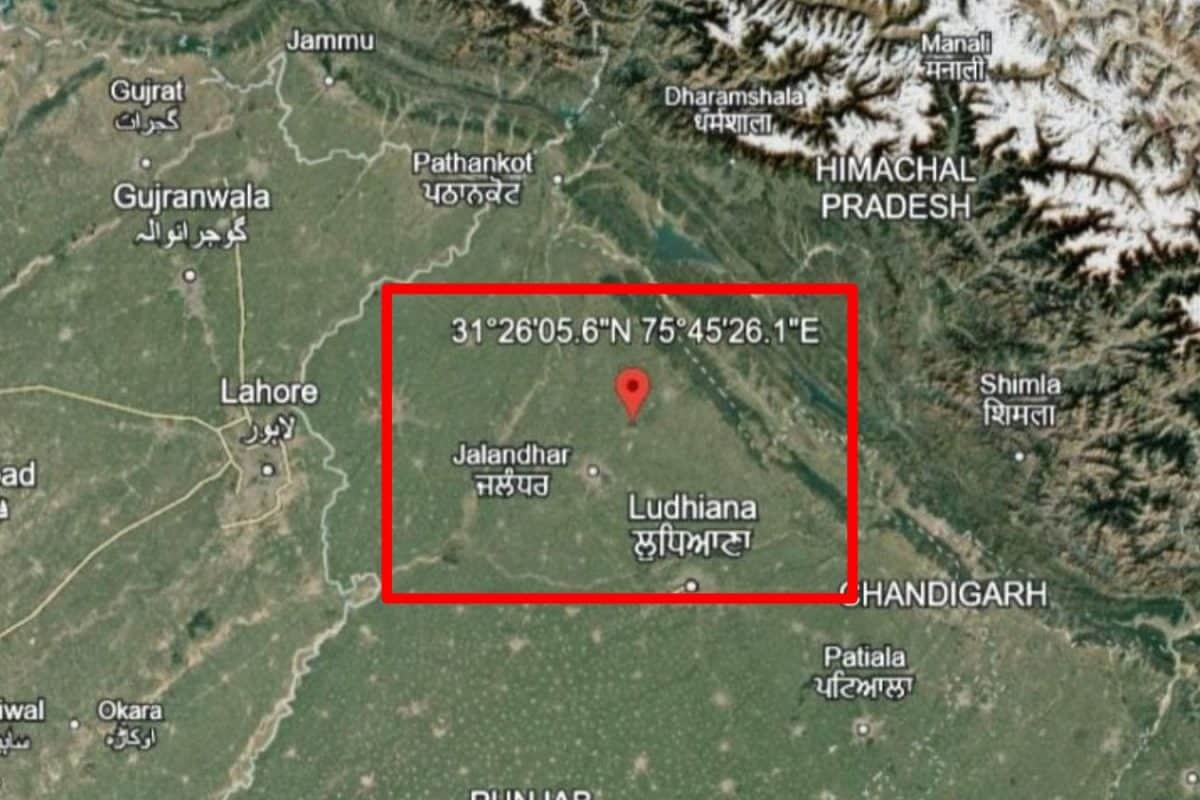

Adampur Air Force Station (AFS), located in Punjab, holds a vital position in India's air defense network, particularly for safeguarding the northwestern front. With its strategic location approximately 100 km from the India-Pakistan border, it serves as a crucial forward-operating base for the Indian Air Force (IAF).
Historical Significance and Strategic Value
Established in the early 1950s, Adampur AFS is the second largest air force station in India. It has played a pivotal role in past conflicts with Pakistan, most notably during the Indo-Pakistani wars of 1965 and 1971. During the 1965 war, Adampur was a prime target for Pakistan, but it remained unbreached.
The base's strategic geographical location allows for rapid responses to hostile activities and military escalations along the western frontier. It enables swift surveillance, early threat detection, and immediate deployment of air assets, making it essential for both defensive and offensive operations.
Currently, Adampur AFS houses some of the IAF's premier fighter squadrons, including the MiG-29s and Su-30 MKIs. The base is equipped with advanced surveillance and radar systems, enhancing its capability to secure and safeguard states like Punjab, Jammu and Kashmir, and Rajasthan. Adampur also has a strong logistical backbone, enabling sustained combat operations.
In 2022, Adampur became the site of India's first deployed S-400 air defense system, known as the "Sudarshan Chakra". With a range of up to 600 km, the S-400 significantly extends the IAF's ability to monitor and neutralize airborne threats, covering substantial portions of Pakistani airspace.
Role in Operation Sindoor
Adampur AFS played a critical role in Operation Sindoor, India's counter-terrorism mission targeting terror infrastructure across the border, which was launched in response to a terror attack in Pahalgam, Jammu and Kashmir, on April 22, 2025, where 26 Indian tourists were killed. As one of the IAF's key forward-deployed bases near the western border, Adampur was instrumental in maintaining air defense readiness and facilitating offensive air operations. The operation involved precise air and missile strikes to dismantle key insurgent infrastructure in multiple terror camps located in Pakistan and Pakistan-occupied Kashmir (PoK).
On May 7, 2025, Adampur served as a launchpad for simultaneous air strikes against nine high-value terror camps, including the Jaish-e-Mohammed center in Bahawalpur. The base's operational coordination with the Army and Navy highlighted India's growing focus on tri-service coordination in high-risk missions.
Following Operation Sindoor, Pakistan launched counterstrikes targeting Adampur AFS with drones and missiles. However, the S-400 air defense system intercepted and shot down the projectiles. Pakistan then launched a disinformation campaign, falsely claiming to have destroyed the S-400 system at Adampur.
PM Modi's Visit and Message
Prime Minister Narendra Modi visited Adampur AFS on May 13, 2025, to commend the air warriors and soldiers who played a crucial role in Operation Sindoor. His visit served to boost troop morale and send a strong message to Pakistan.
PM Modi's visit also effectively countered Pakistan's false claims of damaging the airbase and destroying the S-400 system. Images of Modi at the base, with an intact S-400 and a MiG-29 in the background, debunked Pakistan's narrative. Modi reiterated India's commitment to national security and sent a clear message that India's defense is alert, active, and intact.
PM Modi emphasized that India had only paused its offensive on terror camps and military sites, and he asserted that India would make no distinction between terrorist groups and the governments that support them. He also stated that the pause in military action was conditional, based on Pakistan's next moves.